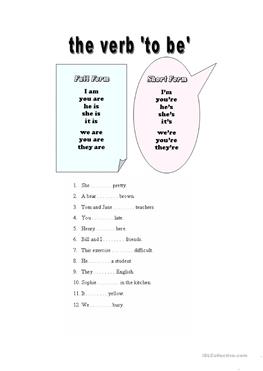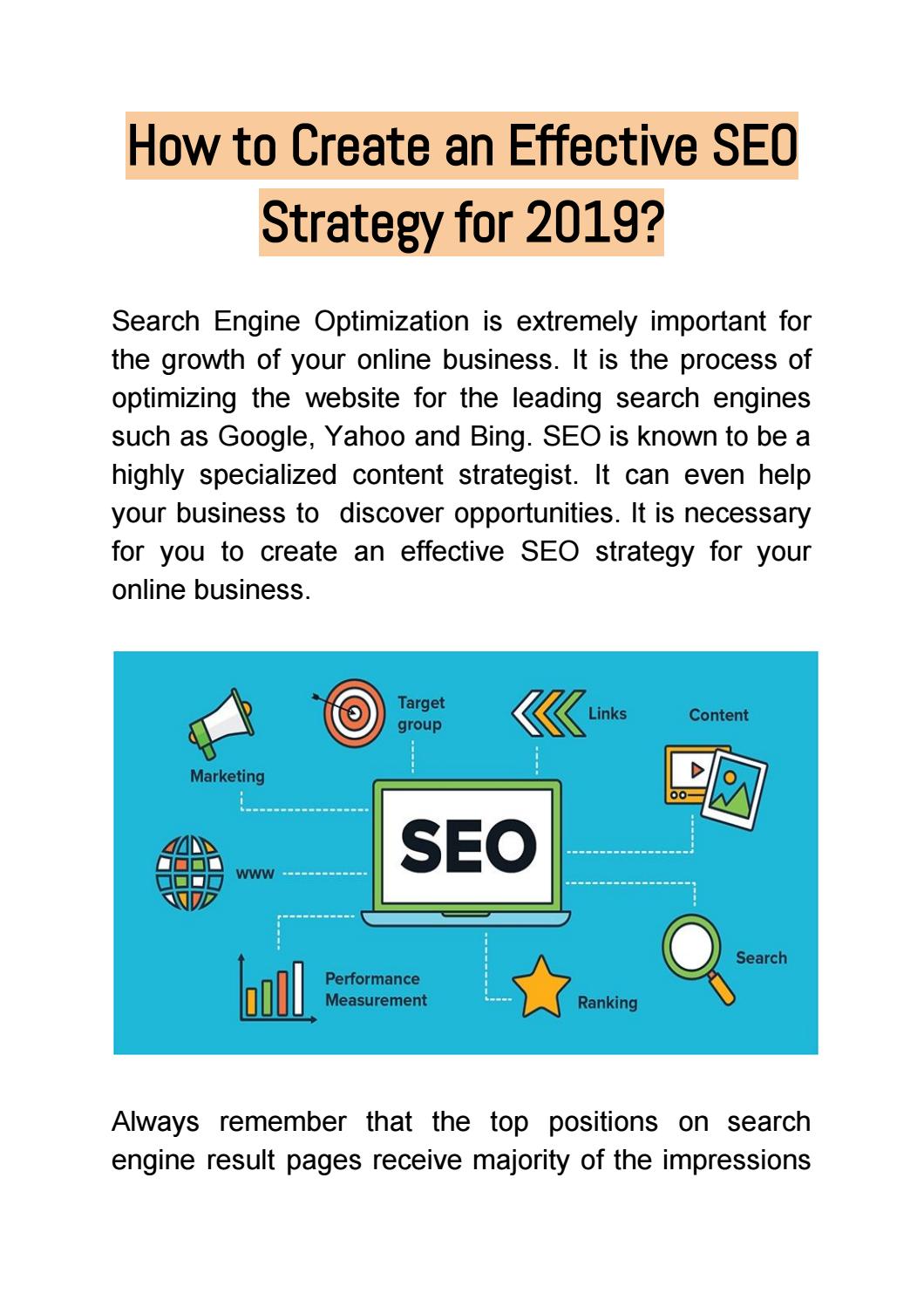
Google Penguins were created to help search engines protect themselves from less scrupulous rivals. Penguin 2.0 required diversification in your anchor text. The update was however delayed. This article will discuss the Penguin 3.0 and 4.0 changes. We will also discuss Penguin 4.0's inclusion in Google's core algorithms. This is crucial for all SEOs. The following are the main changes made by Google in their latest update.
Penguin update delayed
Google is now testing four AdWords ads above organic search results, but the upcoming Penguin update was delayed. Although the official release date is currently unknown, Google has confirmed that it will be delayed. Google has also delayed the Penguin Real Time update's release until next year. Although it was delayed, this is still a significant update that will impact SEO strategies on many levels. It is not known why Penguin 2.1 was delayed. However, it is important that you note that the latest version of the algorithm will still be used for about 1% of all queries.
Penguin 4.0 is now part of Google's core algorithm

Although the update isn't yet officially announced, it has made the lives of many websites easier by reducing spam link to zero. The new algorithm will continue to improve website rankings and make them easier to use. These are the things you should keep in mind when you use Penguin 4.0 to improve your rankings. This is Penguin's last version. This update does not make any changes to the algorithm's actual function.
Penguin 2.0 insists that your anchor text should be diversified
Multiple anchor text types are essential for search engine optimizing. A diverse link profile can increase your chances of being ranked high. Penguin 2.0 is more concerned with content than keyword density. Use latent semantic keywords in your main content, meta description, H1 tags, and main text. Include internal links to increase your content value. Google is concerned with quality over quantity. Penguin 2.0 asks that you diversify anchor text.
Penguin 3.0 was a data refresh
Penguin 3.0 was released on October 17, 2008. It is still in slow rollout across the globe. This means the full impact from this algorithm update won't be felt for quite some time. Although it doesn't add any new signals, the changes should affect less than 1% of all English searches. It may take some time for the algorithm updates to have an impact on individual web pages. This article will explain what the update means for your site and you.
Penguin 2.0 punishes sites with too-optimised links

Webmasters are probably familiar with Penguin 2.0, the new algorithm update. Google has been trying discourage spammy link-building tactics for a while, and this new update attempts to do so. Although it doesn't prohibit link building in total, this update penalizes sites that are too optimized for inbound hyperlinks. Here are the details.
Penguin Penguin Penguin Penguin Penguin Penguin Penguin Penguin Penguin Penguin Penguin Penguin Penguin Penguin
The Penguin has a hobble, a little-known fact. It also has a big head and waddles on land. This is due to the fact that their feet are webbed. Penguins can swim up to 15 miles an hour and are skilled divers. Their black bodies and white bellies help them blend into the background, which makes them a great choice for hunting small seafood.
FAQ
What is a PPC ad and how does it work?
Pay-per–click ads are text based advertisements that appear at top or bottom on a page.
These advertisements are very targeted. Advertisers only get paid if someone clicks on them.
PPC advertising is very similar to Pay Per Call advertising, which we'll discuss later.
What is an SEO campaign?
Content is the most important aspect of any website. Without relevant and useful information, your site will not rank well enough in search engines.
SEO campaigns help optimize your site by obtaining links back from other websites. It also includes social marketing optimization. This refers to using Twitter, Facebook or LinkedIn to drive traffic to your site and increase brand recognition.
These will help bring more visitors to your website and improve your rankings. SEO campaigns focus on building quality backlinks to your site in order for Google to recognize your website's value.
Is It Worth Paying For Backlink Services?
Backlink services enable companies to buy links from their website using paid advertising tools. These links will be placed by other websites who wish to send people to their site. These links can be bought with cash or credit cards.
How much does SEO cost?
SEO is a long-term investment so you won't see immediate returns. Remember that search engines rank websites higher if more people find them.
Pricing for each service is affected by many factors including location, price, market size, competition, and keyword competitiveness.
How long does SEO take to get traffic?
It usually takes three to four months for traffic generation via SEO. However, there are many variables that can affect the time it takes to generate traffic through SEO.
-
Quality of your site (content)
-
Backlinks
-
Targeted keywords
-
Competitor rankings etc.
SEMrush gives you a free trial if you are just starting out in SEO. This powerful platform will allow you to monitor every aspect of your SEO campaign.
What is the definition of a blog post?
A blog is a type website that lets visitors share content. Blogs are usually composed of both written posts as well as images.
Bloggers may blog about their own experiences and opinions. Some bloggers, however, prefer to write about topics related their business or their careers.
Blog owners can easily set up blogs by using a simple software program called a blogging platform'. There are hundreds to choose from when it comes to blogging platforms. Tumblr is the most popular, while Blogger and WordPress are the others.
Blogs are read by people who like the content. Therefore, it's vital to keep your writing engaging. If you write about something specific, ensure you know your topic.
To help your readers better understand the topic, you should also include helpful information and resources. To illustrate, when you write about improving your site, don't just tell readers to go on Google and check out other business' websites. Instead, give detailed instructions on what steps to take to create a successful website.
It's worth noting, too, that how well your blog is written will determine whether or not people enjoy it. If your writing isn't clear or concise, no one will want to read it further. Poor spelling and grammar are equally unacceptable.
It is easy to get carried away blogging. Stick to a published content schedule. Your blog should never feel like a chore.
Statistics
- Sean isn't alone… Blogger James Pearson recently axed hundreds of blog posts from his site… and his organic traffic increased by 30%: (backlinko.com)
- 64% of marketers actively create SEO campaigns because they help hit multiple key performance indicators (KPIs), including increasing traffic, helping your site rank for relevant keywords, improving your conversion rate, and much more. (semrush.com)
- If two people in 10 clicks go to your site as a result, that is a 20% CTR. (semrush.com)
- : You might have read about the time that I used The Content Relaunch to boost my organic traffic by 260.7%: (backlinko.com)
- These guides are designed and coded 100% from scratch using WordPress. (backlinko.com)
External Links
How To
What you need to know regarding duplicate content and SEO
Duplicate content is an issue for both webmasters and search engines alike. There are two types. Multiple pages on a site may contain identical content. Internal duplicates are when there is more than one page. External duplicates can occur when a page provides similar information to another URL.
Internal duplication is when multiple pages contain similar text or images. Poor copywriting skills can lead to this type of duplication. Poor copywriting is when you don't have unique content on each page. When you do this, you create internal duplicates.
External duplication is when a single page contains identical information to other URLs. If you have two pages that are identical to each other, such as a product listing all of your products or a category listing all of them, you have external duplication.
Google does not penalize websites that have duplicate content. It does, however, penalize websites who try to manipulate its algorithm in order to rank higher. You should not have duplicate content on your site.
Link building is one of the best ways to manipulate Google's algorithm. Link building involves creating hyperlinks between your website (and other websites). These links may appear unnatural, and Google might devalue your website.
Some ways to avoid link manipulation include:
-
Avoid low quality backlinks (those which come from spammy sources).
-
Anchor texts should be relevant to your site.
-
Creating unique content for each page on your website.
-
High-quality content.
-
Having a good domain name.
In conclusion, don't worry too much about duplicate content. Instead, you should be focusing on creating unique content for each page of your website. That will help you get better rankings on search engine results pages.